Tag: mobilization
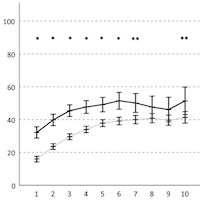
Nasotracheal vs. Orotracheal Intubation for Sedation in Critically Ill Patients
Nasotracheal intubation (NTI) may be used for long term ventilation in critically ill patients. Although tracheostomy is often favored, NTI may exhibit potential benefits. Compared to orotracheal intubation (OTI), patients... read more
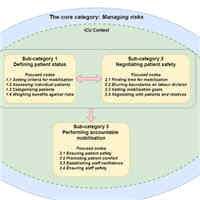
Staff Experiences Relating to Early Mobilisation of Mechanically Ventilated Patients in Intensive Care
Early mobilisation of mechanically ventilated patients has been suggested to be effective in mitigating muscle weakness, yet it is not a common practice. Understanding staff experiences is crucial to gain insights into what... read more
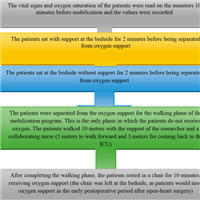
Impact of Mobilization on Vital Signs and Oxygen Saturation in Open-Heart Surgery
Early and frequent mobilization did not cause vital signs and oxygen saturation to deviate from normal limits in open-heart surgery patients. The difference between pulse and systolic blood pressure values measured before... read more
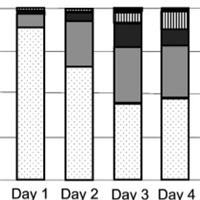
Changes in Barriers to Implementing Early Mobilization in the ICU
This study was undertaken to investigate the rate of mobilization, defined as a rehabilitation level of sitting on the edge of a bed or higher, and its association with changes in barriers in the intensive care unit (ICU).... read more
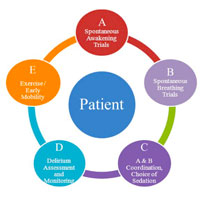
Impact of ABCDE Bundle Implementation in the ICU on Specific Patient Costs
Full ABCDE bundle implementation resulted in a decrease in total hospital laboratory costs and total hospital laboratory and diagnostic resource utilization while leading to an increase in physical therapy costs. The full... read more
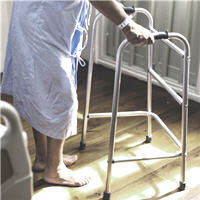
Effects of Early Mobilization on the Prognosis of Critically Ill Patients
Early mobilization was effective in enhancing the recovery of critically ill patients, but more large-scale, multicenter randomized controlled trials are required to further confirm these findings. A total of 39 articles... read more

Higher Level of Mobilization Improves Health Status
In critically ill survivors, achieving higher levels of mobilization, but not increasing the number of active mobilization sessions, improved health status 6 months after ICU admission. The dosage of mobilization in ICU... read more
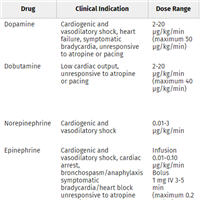
Early Mobilization of Patients Receiving Vasoactive Drugs in Critical Care Units
Evidence determining specific doses of vasoactive drugs that would allow safe mobilization of patients in critical care is lacking. The criteria that have been used to determine the eligibility to mobilize patients on vasoactive... read more
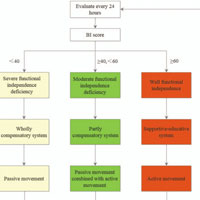
Effect of Early Activity Combined with Early Nutrition on Acquired Weakness in ICU Patients
This trial has the potential to identify a novel strategy for preventing or managing ICU-AW. The findings may increase the clinical knowledge about nutrition and mobilization interventions for people with ICU-AW, and contribute... read more

The Effect of Early Mobilization in Critically Ill Patients
This study indicated that early mobilization was effective in preventing the occurrence of ICU-AW, shortening the length of ICU and hospital stay, and improving the functional mobility. However, it had no effect on the ICU... read more

Mobilization Practices for Patients with Burn Injury in Critical Care
Mobilization therapy of patients with burns in the ICU was characterized by a low mobility level during mechanical ventilation with a low functional status at hospital discharge. Of the 74 patients admitted, 66% were placed... read more
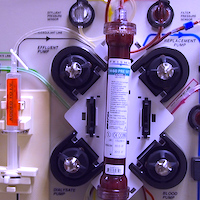
Early Mobilization on CRRT is Safe and May Improve Filter Life
Despite studies demonstrating benefit, patients with femoral vascular catheters placed for continuous renal replacement therapy (CRRT) are frequently restricted from mobilization. No researchers have reported filter pressures... read more

Safety of Patient Mobilization and Rehabilitation in the ICU
Patient mobilization and physical rehabilitation in the ICU appears safe, with a low incidence of potential safety events, and only rare events having any consequences for patient management. Heterogeneity in the definition... read more
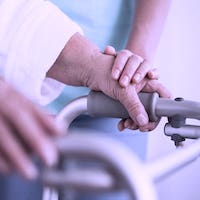
Mobilization is Feasible in Intensive Care Patients Receiving Vasoactive Therapy
In our ICU, patients mobilized on approximately one-third of vasoactive days. Clinicians should anticipate a higher risk of hypotension during mobilization in patients receiving vasoactive therapy, which may require transient... read more




